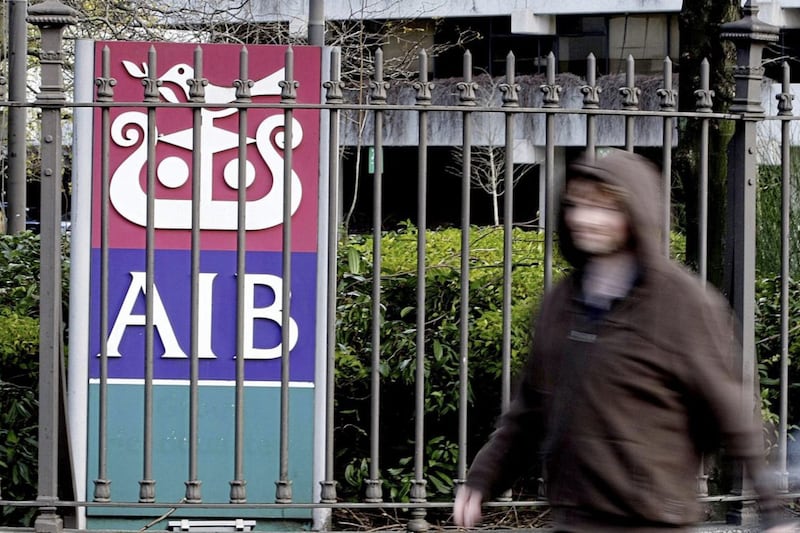ONE notable feature of currency markets this year has been the softer tone to the US dollar.
This is reflected in the euro trading up around $1.13 and the US currency falling against the Japanese yen to a level close to Yen 100.
Meanwhile, currencies like the Australian and New Zealand dollars have made significant gains against the US currency in 2016 - despite their respective central banks having cut interest rates. Even the under pressure UK currency has managed to hold its own against the dollar since early July.
The US currency has been weighed down by the lack of interest rate hikes from the Federal Reserve this year. Nowhere was the lack of appetite for tightening more apparent than at the September meeting of the Federal Open Market Committee (FOMC).
The Fed’s rate projections at its June meeting indicated it was likely to raise rates on two occasions in the second half of 2016. September was the perfect month to do so, with both the economy and labour market picking up strength over the summer and the financial markets becalmed.
Yet, the Fed decided to wait till later in the year before moving, by which time circumstances could make it difficult to hike. It is hard to see the dollar moving back on to an upward trajectory in the absence of Fed rates hikes.
In the week ahead, most of the focus will be on the key US release of the month, the September employment report. This is always the most eagerly anticipated US economic release as it provides a timely update on the health of the US economy.
The key non-farm payrolls number has improved recently, after showing some weakness in the second quarter. Payrolls rose by an average of 213,000 in July/August versus 110,000 in the second quarter. Solid growth of 170,000 is forecast for September.
The unemployment rate looks set to have held at 4.9 per cent for a fourth consecutive month, though this is due in no small part to the strong growth in the size of the labour force seen in recent months.
An update on US average earnings data is also due. While the pace of year-on-year growth slowed in August, this seems to have been due to a quirk in the calendar, rather than any actual underlying weakening in wages. Growth is anticipated to have picked up to around 2.7 per cent in September.
Meanwhile, the September ISM indices also feature (a survey of more than 300 firms by the Institute of Supply Management). Both the manufacturing and non-manufacturing indices fell sharply in August, with the latter hitting its lowest level since February 2010. The ISMs are expected to show some improvement in September, while pointing to a generally more subdued pace of growth in the US.
We also get some key survey data in the UK, with the September Purchasing Managers’ Indices (PMI’s) due. The indices fell sharply in July following the UK’s vote to leave the EU, before largely recovering in August. They are expected to edge lower in September, while still supporting the view that the immediate impact of the referendum on the UK economy has been somewhat muted.
In terms of ‘hard’ data, industrial production is anticipated to show further modest improvement in August, while the UK’s goods trade deficit is forecast to narrow slightly.
Elsewhere, in the eurozone, retail sales for August are the main release of a relatively light schedule. They are anticipated to fall on the month – this follows July’s strong 1.1 per cent increase.








